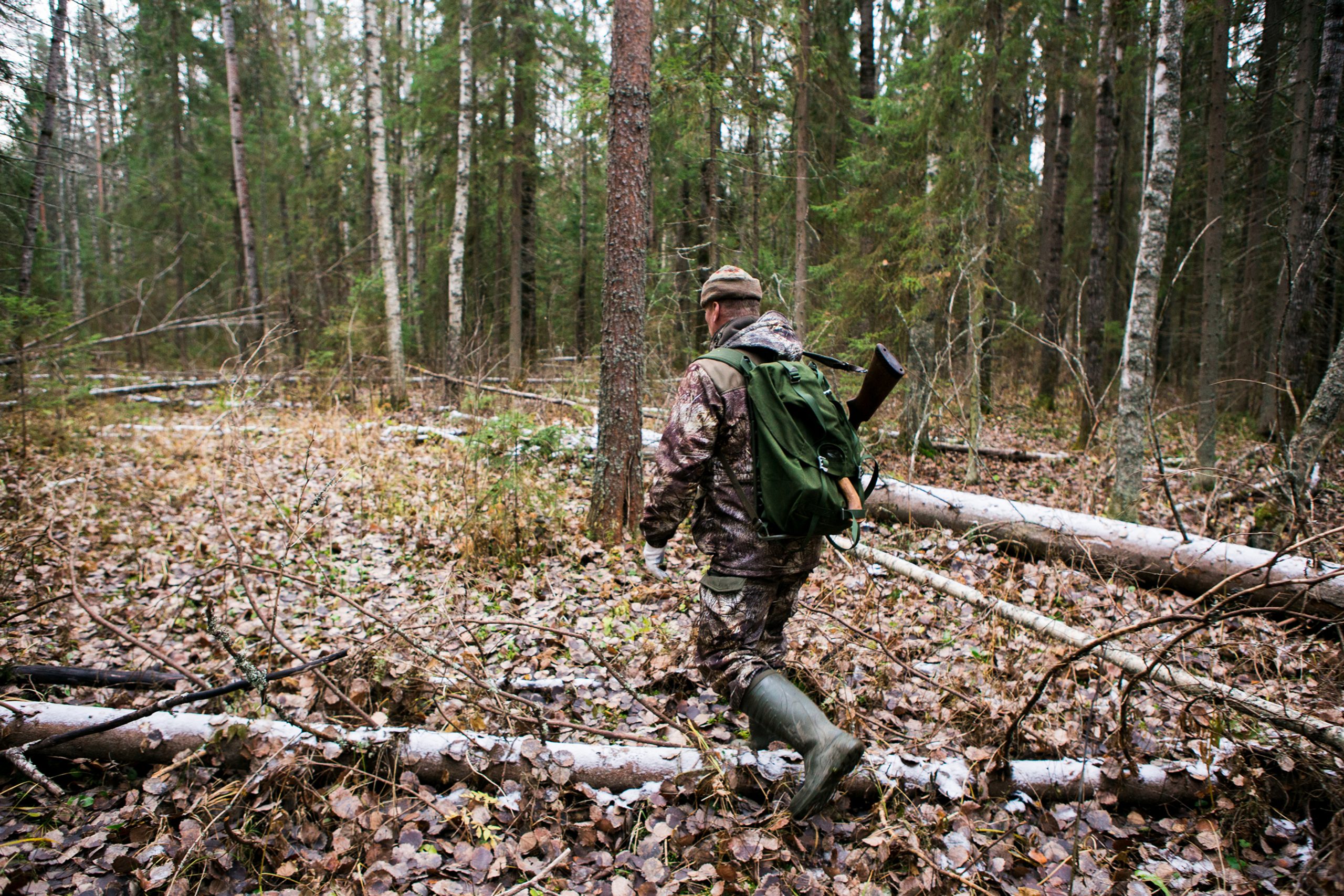Last Updated on May 13, 2023 by Dwayne Easton
Winters can be brutal. Growing up, I’d do everything to avoid hunting in winter. I preferred the comfort of my room to the wild, which would be fine in normal circumstances. In a hunting family though? You’d be the black sheep. It wasn’t until a lot later in my teenage years that I realized that the problem was the cold feet. Literally and figuratively. I explored a lot of hunting forums. For hunting in Minnesota, people suggested a leather hunting boot. I was looking for something that would be a long term investment. After some extensive research, I bought the Irish Setter Men’s Wingshooter. It was a bit pricey, but worth every penny. For the first time, I was decked out in camo and excited. The boots felt comfortable on the long walks because of the grip. Even crouching on the tree stand for 5 hours was enjoyable! They are my favourite boots to this day.

Coming from a hunting family, I knew gear mattered. From hunting boots to choosing your broadhead, it all makes a difference. My comeback to hunting was pretty slow. I spent a lot of my time diving deep into hunting forums. After all these years, I appreciate the patience and discipline it taught me. Another thing my parents taught me was always to be humane with the game. Going hunting with standard equipment was risky. I didn’t want to make the wrong shot.
Generally, I preferred bowhunting over gun hunting, but my old crossbow was not usable. I bought the Excalibur Mega 405. It was quiet and powerful. This made it perfect for a tree stand. It also has a scope that could zoom into the target. Granted, it was also expensive, but it was worth my money. It was perfect for target shooting and gave me a lot of clear passes with a big game.
Are Rubber Hunting Boots warm?
Without the proper gear, be it a hunting boot or a crossbow, hunting is not fun. During my extensive research, I was very confused. It was a choice between rubber boots and leather boots. For both leather and rubber boots, there’s a vast market. This means you’ll find everything from $35 ones to $200 ones. The former is more likely not to last you for too long. I was open to spending more if I had to. So now, it was figuring out what would be warm enough. I had cold feet after all.

Rubber boots are generally made for standing in the water. They are waterproof, and for certain temperatures, warm as well. That being said, they’re not made for extreme cold. Rubber boots are not designed to withstand that. There are two types of rubber boots, insulated and uninsulated. For uninsulated boots, you will need toe warmers and wool socks to stay warm. Another tip is to keep them indoors before you wear them. But they are designed for wet and sunny areas. The lack of insulation stops overheating and sweat. You’re not supposed to stay warm in them. However, insulated boots that use either neoprene or Thinsulate can keep you warm. This only applies if you’re hunting early in the season. Later on, even adding toe warmers will not help trap the heat. If you looked up rubber boots, you probably saw grams mentioned with the boot. In extreme cold, you will need 2000 g Thinsulate to keep warm. This becomes uncomfortable if you need to walk or hike. The more grams of Thinsulate, the bulkier the boot. If you buy an uninsulated boot, try gaiters as well but still you may have to change your socks again and again.
For tree standing, you would need something warm. Toe warmers and liners are helpful, but not good for circulation. Hunting boots are just as important as your bow and rifle. You don’t want to have freezing or achy feet. Neither do you want something too bulky for you to move around. For one, I wouldn’t recommend them for Minnesota cold. Rubber boots are only warm enough for the early season. They’re best suited for swampy areas. Later in the season, no amount of toe warmers will save you, even in insulated boots. So, are rubber boots warm? Well, yes, for some places. Are they warm for the cold? Nope. As a conclusion, try to keep your feet warm! Somehow…
Which is Warmer Neoprene Or Thinsulate?
The most common materials used for insulation are neoprene and Thinsulate. It is tough to choose a boot if you don’t know these terms. Almost every advertisement mentions one or the other. Neoprene is a synthetic rubber that is waterproof and has some insulating properties. Thinsulate is a synthetic fiber that is used for insulation in hats clothes and shoes. It was designed as an insulating material. Now, compared to Thinsulate, neoprene does not keep body heat as well. Neoprene is mostly used in rubber gloves and diving suits. The material is designed to keep both air and water molecules. This means, if you sweat, it doesn’t evaporate and stays in your boot. These qualities make it perfect for dry conditions.
In comparison, Thinsulate is much more breathable. It traps your body heat, and quickly evaporates sweat. This makes the wearer both comfortable and warm. It’s also designed to be a thin insulating layer, as the name suggests. It will trap heat, but not make you uncomfortable. For neoprene, the thicker the material, the warmer you are. The material is full coverage, but bulky. This is why it is preferred more in surfing wet suits. This is not to say that Thinsulate isn’t bulky. Four hundred grams to 800 grams of Thinsulate is suitable for early season active hunting. Bulkier 1000 grams and up is better for extreme cold. Above 1000 gram does get bulky and is not recommended if you’re out hiking. Generally speaking, Thinsulate will be much more wearable and warmer than neoprene.

